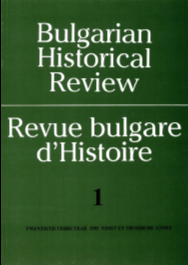
We kindly inform you that, as long as the subject affiliation of our 300.000+ articles is in progress, you might get unsufficient or no results on your third level or second level search. In this case, please broaden your search criteria.


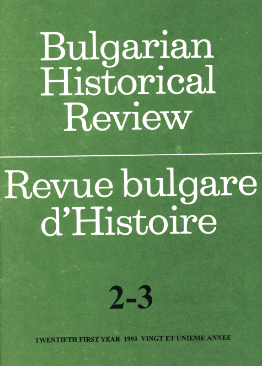
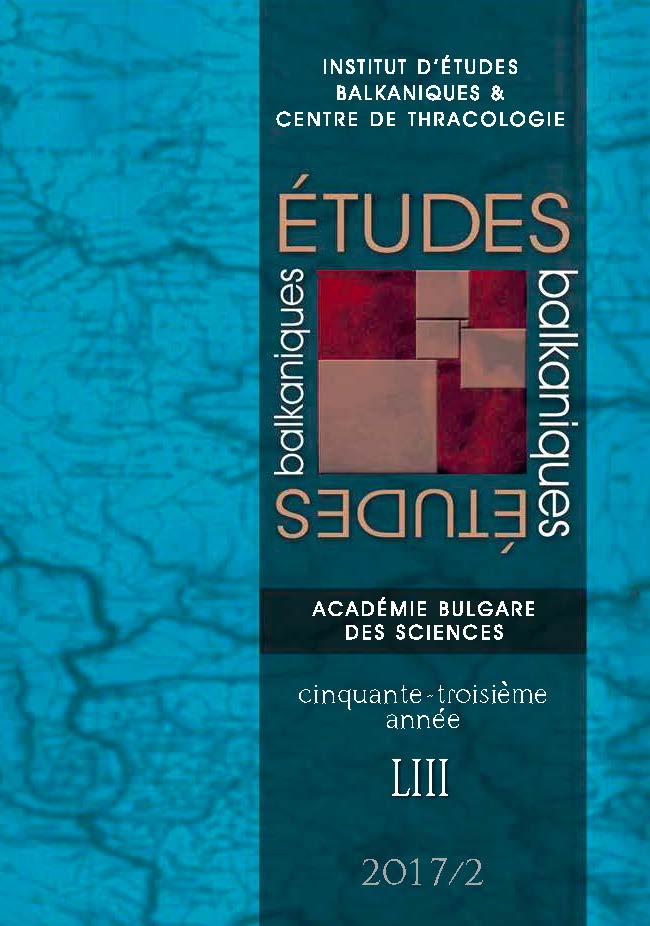
The Western and Central European travelers visiting the Balkan Peninsula from the 16th until the 19th century provide very important sources for the history of time in the region. Their time-sensitive and “outsider” position enables them to offer valuable information pertaining to time-keeping practices in the region, the “spread” of clock towers and the diffusion of watches, or the pace and geography of the use of the European timekeeping system. However, alongside their informative function, the writings of the European travelers contribute crucially to the construction of the region’s temporal “otherness” vis-à-vis “civilized” Europe. They create and convey to their ever expanding reader public a multitude of visual and acoustic representations which underpin and re-enact “the non-simultaneity” of the region and its culture. The purpose of the paper is to highlight, through the use of several examples drawn out from a large body of data, the main time related topics present in Western travelogues about the Balkans and inquire into the discursive processes and mechanisms employed in the construction of the region’s temporal “otherness”.
More...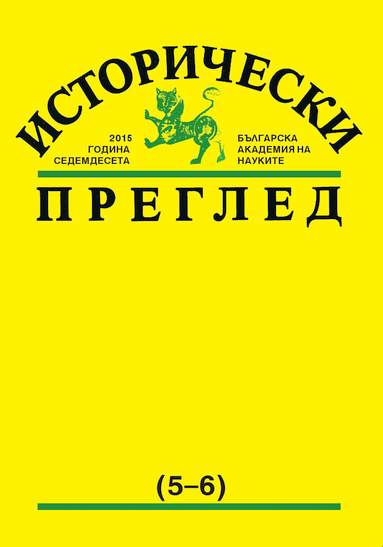
On the basis of one voynuk register from 1529, as well as of three lists of timars and waqfs from 1516, 1530 and 1570, new data about the voynuk and rayah population of eleven settlements situated south of today’s town of Pazardzhik at the foot of the Western Rhodopes, is presented in the article. Most of these voynuk villages were within the borders of the Chepino nahiya, which in different times was part of the Samokov or Tatar Pazardzhik kazas. The data from the voynuk register of 1529 and from one waqf list from 1570 gives reasons to disprove the legendary knowledge about the presence of a big group of voynuks in the Chepino region, who according to the published by Stefan Zahariev “chronicle story” of Priest Metodi Draginov, became the main reason for the allegedly violent imposing of Islam among the local population. There was the opinion that this part of the “chronicle story” is fictional interpretation by Stefan Zahariev himself. The obvious contradiction between the historical reality and the “chronicle” of Metodi Draginov consists of the fact that in the first half of ХVІ century no big group of voynuks, except for three voynuk families from the village of Rakitovo, lived in the villages in the Chepino region. In ХVІІ century, when according to the “chronicle note”, the dramatic events of islamization of the voynuks from the Chepino region allegedly happened, this population category had long before disappeared from the historic scenery of this region of Bulgaria, as around 1570 the last voynuks from Rakitovo were recorded as ordinary rayah from the waqf of Sultan Suleiman I Kanuni.
More...
The current work aims to create a clear image of the classification of source materials used in the research of the demographic development of the Bulgarian territories during the Renaissance as well as to determine the place of the Greek sources among them. Various source material classifications have been considered in the study of historical demography. The most common classification in the study of the Bulgarian historical demography is based on the source language. According to the language criterion the sources for the demographic development of the Bulgarian territories during the Renaissance are classified in four main groups – Bulgarian, Ottoman, Greek and others. The amount and diversity of Greek source materials allow: 1) the support of already existing hypotheses by providing already known data; and 2) disproving already existing hypotheses or building new ones by providing unknown data. Although the Greek sources greatly improve our vision about the historical demography of the Bulgarian territories during the Renaissance, our research shows that by only considering Greek sources we would not get a realistic image. Rather, we should consider these sources as a part of the whole source base and analyze them together with sources from the other three language classes.
More...
The article reviews the migration policy of the Ottoman rule in Sofia district (Sanjak of Sofia) in the 1860s and 1870s. To the Sublime Porte this district had important strategic significance on controlling the provinces inhabited by Bulgarians in the Ottoman Empire and on fencing off the anti-Ottoman actions of the neighbouring Principality of Serbia. The article establishes the objectives the Ottoman authorities wanted to achieve with their migration policy, it outlines the main directions of its implementation and analyzes the results achieved.
More...
The aim of the study is to present the Czech intellectuals’ vision of the life in Plovdiv during the existence of Eastern Rumelia. Then, in the capital of Eastern Rumelia, a considerable number of Czechs lived, it can be said that there was a Czech colony. K. Jirechek, H. Skorpil, A. Sourek, R. Turn-Taksis, J. Voracek, Y. Vagner, drew attention to the Bulgarian society and described the differences in the lifestyle of the two nationalities. The citations quoted in the article are selected from a preserved correspondence and the printed memoirs of Czech activists.
More...
The Young Turk Revolution from the summer of 1908 led to a temporary democratization of the social and political life in the Ottoman Empire. Under the influence of the changed environment, the Internal Macedonian-Odrin Revolutionary Organization (IMORO) suspended its armed activity and legalized its bands. The organization actively participated in the establishment of political formations on Bulgarian national basis, temporarily removing from its program the achievement of “full political autonomy” for the regions of Macedonia and Odrin. Although legalized, IMORO retained its strong influence among the Bulgarian population in the Macedonia and Odrin regions. It was not officially disbanded and continued its existence, albeit in a highly altered form and in the conditions of a deep division within the revolutionary movement. This situation persisted until 1910 when, under the influence of the ever more complicating circumstances in the Ottoman Empire, the Internal Revolutionary Organization began to restore its structures and permanently oriented itself towards renewing the armed liberation struggle.
More...
This article is devoted to the participation of the famous Chalăkovtsi family in the creation and distribution of liturgical, educational and scientific literature and publicism in the 19th century. Donations made by Chalăkovtsi in the interest of literature are part of the efforts made by the Bulgarian publicity for procuring the reviving Bulgarian culture with liturgical and educational literature. An important aspect of the researched topic is the literature and publicistic activity of Chalăkovtsi devoted to relevant public issues or the result of their interaction with European literature and culture. Their works have significant place in the creation and enrichment of the literature fund of the Bulgarian National Revival.
More...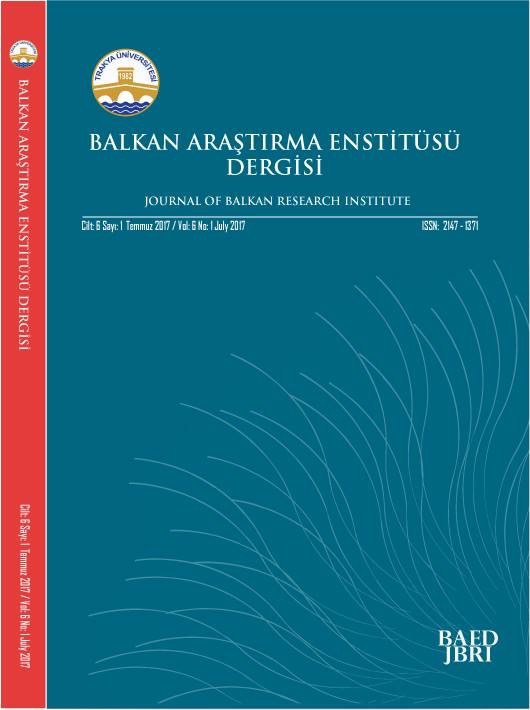
Northwest Balkans, whose major part of the population forwed by South Slavs, were Slavicised by the slavic migrations that had begin in 6th century in a period of two hundred years. In the wake of conquest of region in 15th century, unlike the other slavic groups, Islamic Slavs have entered a new political and ethnic formation based on Turkish culture and Islamic faith. From Literature to folklore and from architecture to music, the source of new civilization was that Turkish culture and Islamic faith. Muslim Slavs; lived in that region in other words Bosniaks, development of verbal culture products in the context of creative and execution, came true in a peculiar way differently and independently from the other Slavic groups. Under the different purposes many European and American researches visited the region and reconded the products of oral culture and some of them examined and evaluated those materials in the light of scientific methods. Oral culture products belonging to the South Slavs were also recorded in the context of European cultural conventions. This study inform the sources of Bosniaks vernacular products based on Turkish and İslamic orient and also enlighten the recording style in a systematic way and with certain methods.
More...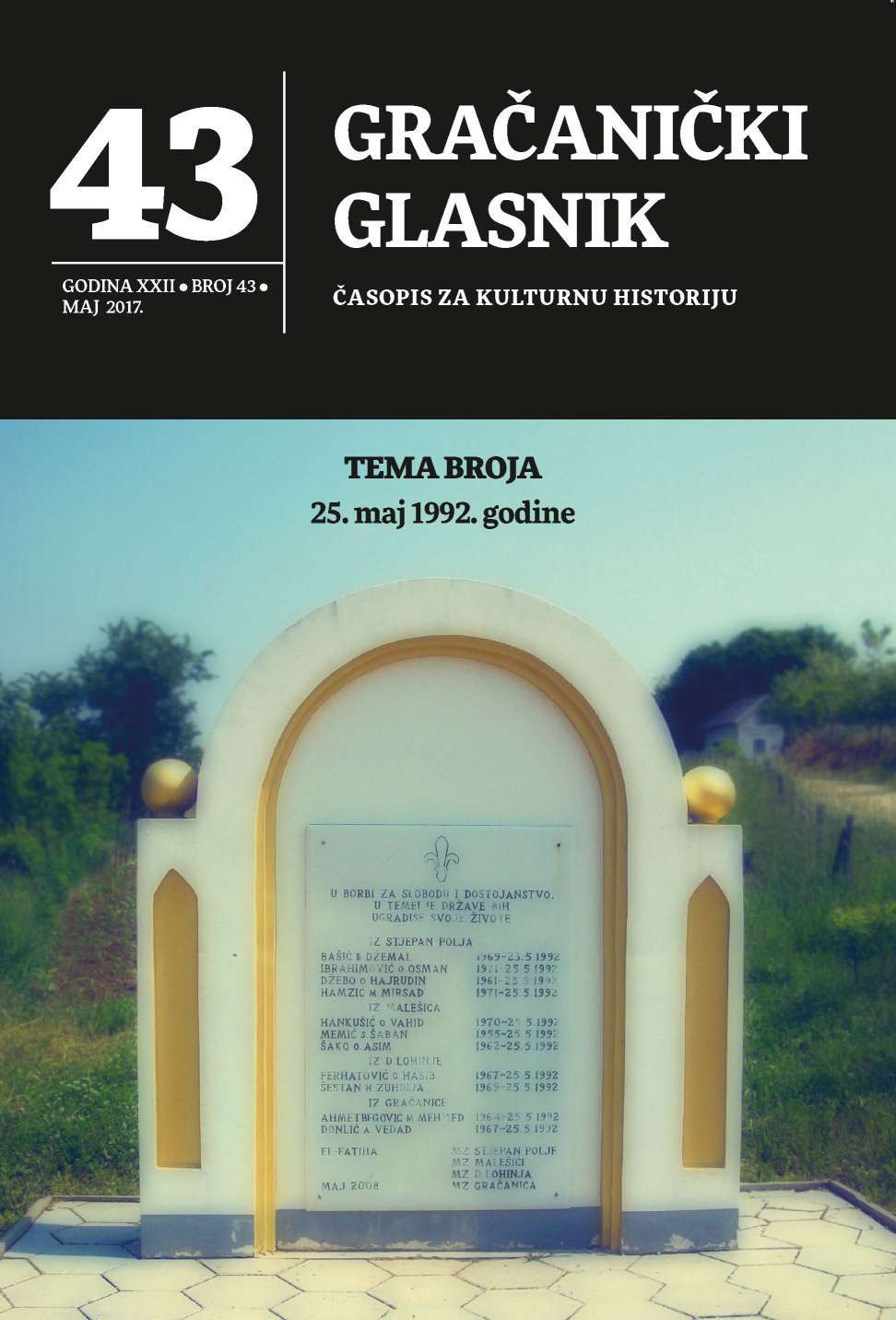
Omer Hamzić - Adnan Jahić, Vrijeme izazova, Bošnjaci u prvoj polovini 20. Vijeka, Bošnjačka nacionalna zajednica za Grad Zagreb i Zagrebačku županiju, Zagreb, Bošnjački institut – Fondacija Adila Zulfikarpašića, Sarajevo, 2014.; Izet Šabotić - Prof. dr. Senahid Hadžić, Bosna i Hercegovina u vrijeme pojave (veliko)nacionalnih ideja, JU Arhiv Tuzlanskog kantona, Društvo arhivskih zaposlenika Tuzlanskog kantona; Eli Tauber - Benjamina Londrc, Pravni položaj jevrejske zajednice u BiH od 1918. do 1945. godine, Izdavačka kuća “Monos” Gračanica i Udruženje “Hagada”, Sarajevo, 2016.; Zenita Fazlić, Saneta Adrović - Ddr. Azem Kožar, Edicija “Arhivistika u teoriji i praksi” (knjiga 1, 2, 3 i 4), Arhiv Tuzlanskog kantona, Društvo arhivskih zaposlenika TK i Društva historičara, Tuzla, 1995, 2005, 2011. i 2016.; Amer Maslo - Irena R. Cvijanović (ur.), Spomenica dr. Tibora Živkovića, Istorijski institut Beograd, Beograd, 2016, 377 str.; Alma Hasukić - Halid Kadrić, Kobno Raspuće (historijski roman), “Bosanska riječ”, Sarajevo 2015.; Safet Berbić - Senahid Kahrimanović, Kuća moje majke (roman), Bosanski kulturni centar Gračanica, 2016.; Fatima Bećarević - Sabina Hodžić Mehmedović “Mom srebreničkom heroju”, Fondacija “F.H. …i ja sam iz Srebrenice” Sarajevo, 2016.; Safet Berbić - Andrej Nikolaidis, Mađarska rečenica (roman), Buybook Sarajevo i OKF Cetinje 2016.;
More...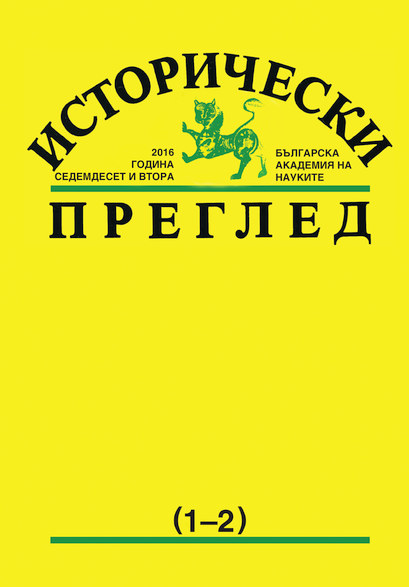
The study examines the organizational structure of the falconers’ institution in the Ottoman Empire, the numerical composition and geographic distribution of the falconers in the Central Balkans in the 15th and 16th centuries. Firstly, the article presents the hierarchical structure of the upper and middle command line in the main subdivisions of the metropolitan Palace Falconry Centre - the internal service (enderun) and the external service (birun), as well as the three falconer groups from the external falconry centre - şahinciyan, cakırcıan, atmacacıyan. These three groups differ in the fact that each of them is responsible for catching, raising and training various falcons and hawks for the hunting needs of the Sultan and his environs acting as the ruling class in the Empire. Based on published and unpublished Ottoman documents, mainly two unpublished 1560 registers of the falconers of the shahinciyan and cakırcıyan categories, the originals of which being kept in Başbakanlık Osmanlı Arşivi in Istanbul; data are presented on the numerical composition and geographic distribution of the falconers in the Central Balkans. They are named in the Ottoman documents with the generalized terms doğancıyan and bazdaran. The geographic scope of the study includes Northwestern Thrace (the Philibe/Plovdiv and Pazardzhik kazas, as well as the Chepino nahiye) and the sanjaks Sofia, Nikopol and Silistra (Sofia, Pirotsko, Berkovsko, all Central northern and north-eastern Bulgaria). Greater attention is paid to those falconers who, for their service, are exempt only from some taxes and are in possession of official Falconry patrimonies and farmhouses. These provincial falconers are also divided into the three main falconer groups (shahinciyan, cakırcıyan and atmacacıyan). But, furthermore, according to the nature of their service they are called uvacıyan and kayacıyan when they observe the nests of the raptors and take the small falcons from them at certain times of the year; Tuzakcıyan, who catch adult birds of prey with traps; Gorenciyan, raising and training already captured falcons and hawks and goturucuan who supplied the birds to the metropolitan Falconry centre. Most gorenciyan and goturucuyan, however, were Muslims, the owners of Timars, while the Christian falconers, owners of official patrimonies, with some exceptions, usually served as uvacıyan and kayacıyan. By1560, not only the titular owners of falconry patrimonies, but most of their sons and brothers, as well as some newly registered falconers, usually haimanes – people with an undetermined place of residence, also perform falconry service, but only for exemption from state extraordinary taxes. Only a relatively small group of youngest unmarried sons and brothers of falconers, or once again haimanes with undetermined place of residence (95 Christians and 97 Muslims) are not recorded as falconers, but play the role of a sort of reserve in the Falconry institution. The Ottoman registers used show that in 1560 only in the Nikopol and Silistra sanjaks and in the Philibe and Pazardzhik kazas there are over 200 Christian and Muslim settlements in which there are 963 falconers, sons and brothers of falconers from the groups of shahinciyan and cakırcıyan. In the Sofia, Shekhirkoy (Pirot) and Berkovitsa kazas of the Sofia Sanjak in the middle of the 16th century there are 9 Muslims and 89 Christians performing Falconer Service. The total number of those serving in the two major falconer groups (şahinciyan and cakırcıyan) in the Central and Northeastern Balkans in the 1540s and 1560s amounts to 1 767 people (along with the falconers from the Vidin Sanjak). Of these, 1,310 are Christians (74%) and 457 are Muslims (26%). This probably reflects the most significant rise of the number of falconers in Rumelia during the so-called “classical period” of the Ottoman Empire when hunting with raptors was most popular in the Ottoman court.
More...
In Memoriam to Associate Professor Dr. Zheko Borisov Popov
More...
World War I brought profound changes into the parts of the Middle East which had been under the Ottoman Empire since 1517. The topic of this article is one of the most important changes which occurred in that part of the world during the century since the Great War began, which is the fragmentation of political, ideological, military and religious protagonists within the Arab society. That fragmentation has been a product of an expanding national, ideological and sectarian division, which was partly caused by the Arab-Israeli conflict. The article addresses some processes caused by plurality of the Arab political and military actors, in particular those rooted in Islamism. Through patterns of political behavior stipulated by religion within parts of the Arab Muslim community, the author offers explanation of possible future development not only in the Arab-Israeli conflict, but also in a wider Middle Eastern context, particularly regarding the development of the Islamic State, ambition to reestablish the Caliphate, and the eschatological vision of reuniting the world of Islam through reintroducing the long defunct concept of asabiyyah.
More...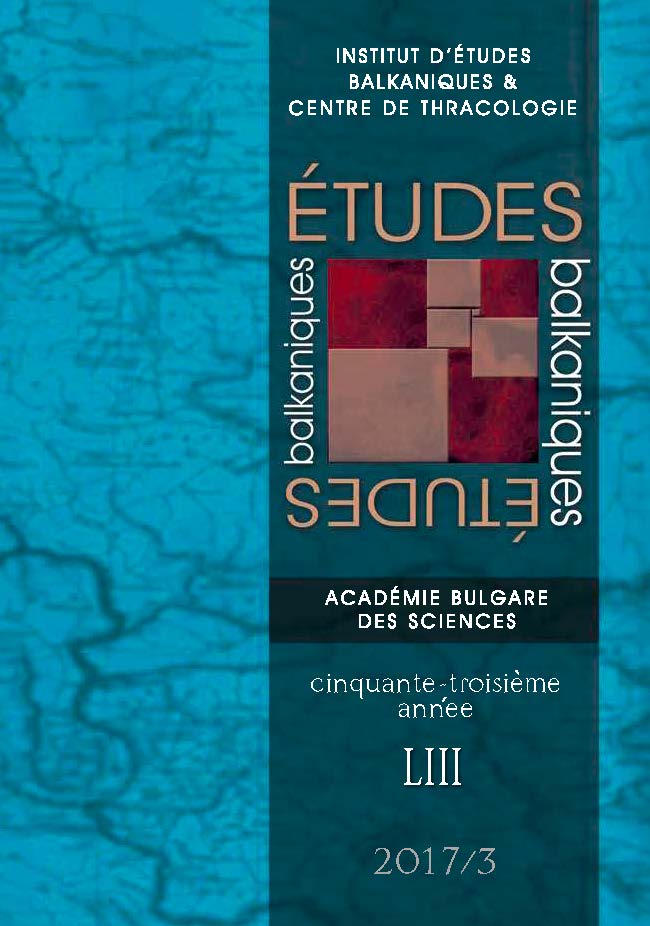
The status of the patriarch of Constantinople during the Ottoman era has been widely and passionately discussed over many decades. Without being as intensely probed, the institution of the ecumenical patriarchate deserves an equal attention since recently published historical sources may help us to better understand its norms and practices. Such sources were left behind by the visit in the Romanian lands of patriarch Jeremy II Tranos on his way to Moscow. These texts shed new light on his pastoral strategy with respect to the Christians he considered of his fold and on political attitude towards the Romanian princes at the end of the 16th century. Alongside well known sources, the paper brings into discussion five original grammata signed by patriarch Jeremy II, of which three are available in later copies. The acts regard the collection of subsidies for the churches in the Balkans and the welfare of the monasteries Sozopolis and Chalki, to which the princes of Moldavia dedicated the monastery St Nicholas of Jassy.
More...
The study is mostly based on documents from the Archives of Congregation of the Mission. The beginning of the Catholic missions in Salonika is traced and especially those of Congregation of the Mission, which replaced the Jesuits (1782 – 1783). Special attention is paid on the relations between foreign missions and the Bulgarians who accepted Pope’s supremacy, known as Uniates. The objects of research are the first Bulgarian bishops Nil Izvorov, Lazar Mladenov and Epiphane Scanoff, whose administrative activities are directly dependent upon the Congregatio de Propaganda Fide and the Ottoman authorities. The French-Ottoman Capitulations (until 1913) aid the Catholic missions but do not influence denomination changes among the Bulgarians. These changes depend on the Exarchate’s actions and on the agents of the Patriarchate, who are very often sent by Russia, “the protector of the Balkan Christians”. The Ottoman authorities involve only in cases when the Christian communities seek solutions to administrative issues or need support in conflicts inside the respective community.
More...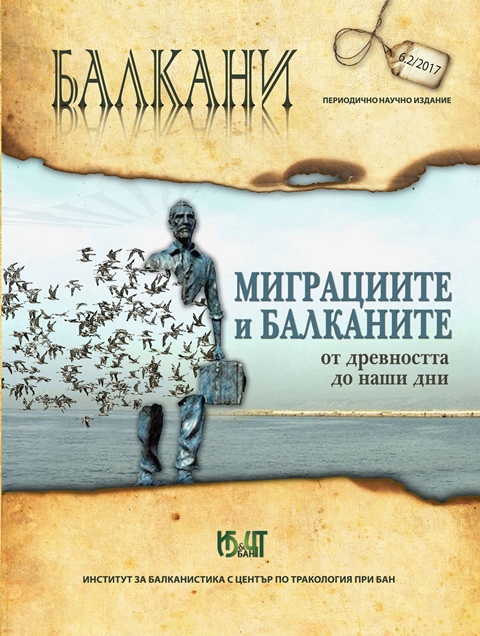
The emigration from Thessaloniki and the consequences of the Second Balkan War for the separate members of the Bulgarian family Tapkov is in the focus of the paper. The study is based on unpublished family documents only, property of members of the aforementioned family. It is examined briefly the professional and social activities of the brothers Dragan and Kiril, posing the issue of the religious and national identity before and after emigration.
More...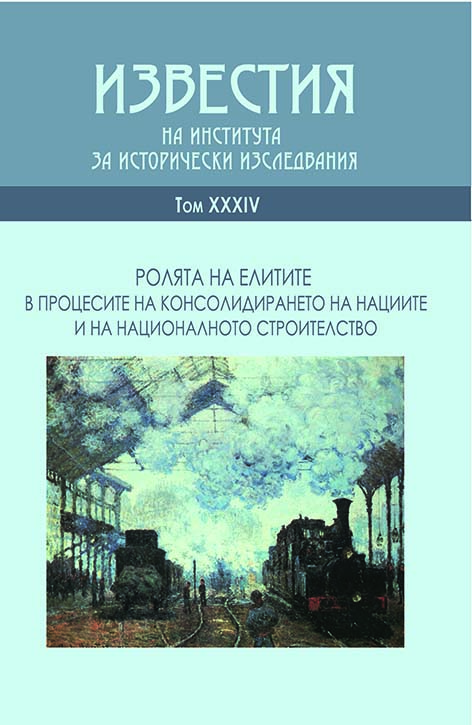
This article examines the processes of construction of national identity in Plovdiv during the 1850s. The exposition is on two parallel lines. One traces the conflict and the degree of confrontation between Bulgarians and Greeks/grecomans in Plovdiv on a national basis in the field of enlightenment, everyday communication and church organization. The other line reveals the participation of Nayden Gerov ‒ a teacher (1850‒1853) and Russian consular agent in Plovdiv (after 1857) ‒ in the creation of Bulgarian national consciousness in the still subject to strong Greek influence city of Plovdiv. The argumentation of the thesis is made using a rich documentary material from the published and unpublished archive of Nayden Gerov.
More...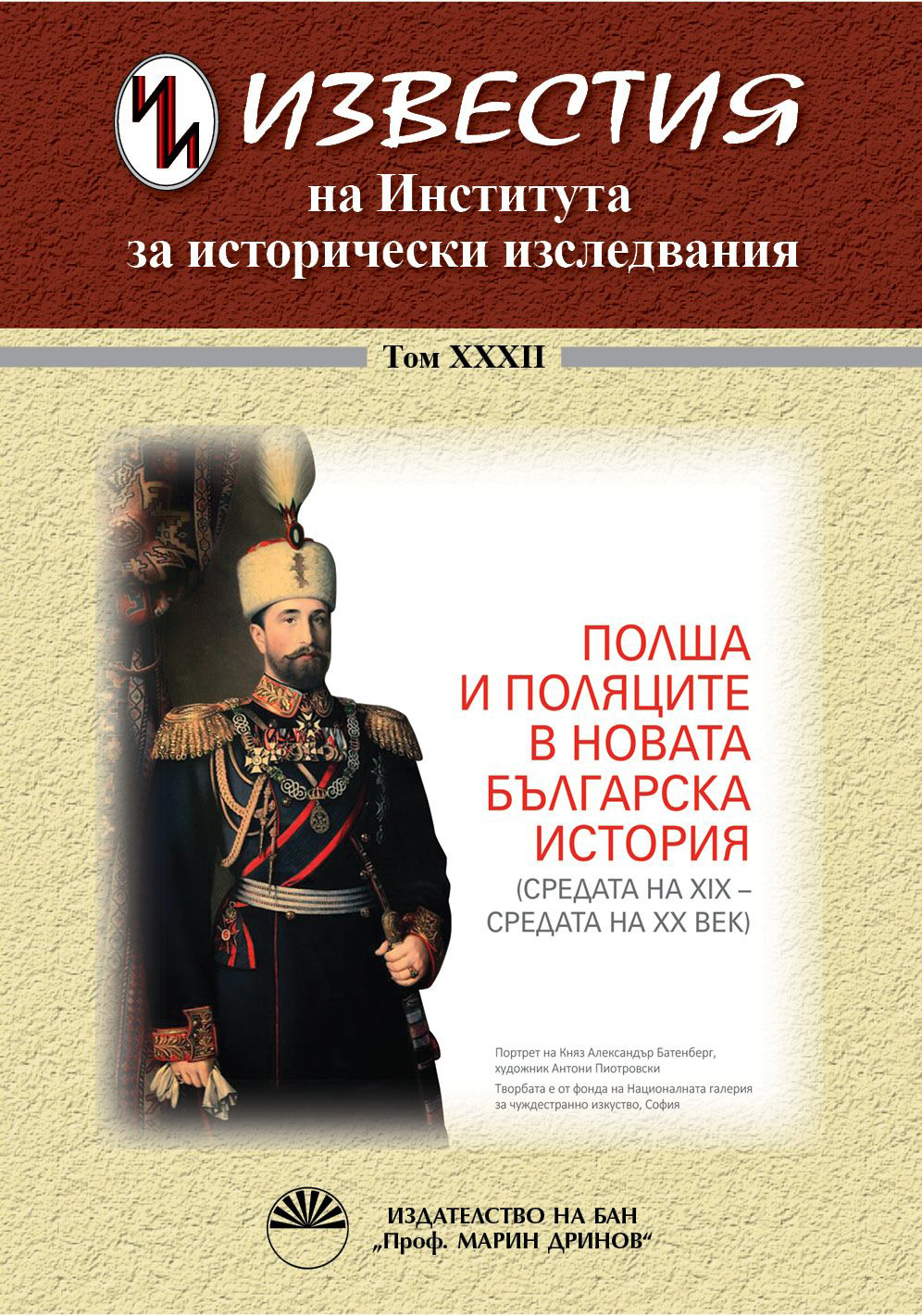
The article presents several sources of what happened during the Russo-Turkish War of 1877-1878, the authors of which are foreignеrs towards the main mass of Orthodox and Muslims inhabiting the territories of the Ottoman Empire. Paweł Smolikowski’s report, along with the account by the anonymous author of the articles published in the Lvov periodical, created important first hand testimony. The point of view represented by both writers is the one of the outsider unable to form unambiguous opinion about the nations inhabiting Turkish regions, their problems or mutual relations. The authors perceived the 1877-1878 conflict throughout their own experiences, ethnical and religious prejudices and animosities. Their descriptions of the suffering amongst the Christian as well as the Muslim population, the fear of omnipresent death and the very suggestive pictures of the architectural devastation, despite the accuracy of their judgement, strike with their realism. Both authors treat Bulgarian population as an anonymous collective; they don’t describe individuals but a leaderless crowd, a mob moved from one place to another, fleeing, asking for help, physically and mentally decrepit. The occasional tale appeared about a Turkish household being set on fire in the act of revenge. In the town and its surroundings hosts were mostly Turkish; and the authors while talking about governors, clerks, officers or generals often used their full names. The writers have never challenged Turkish rights to live in the area, discounting the turbulent history of the region and therefore the Bulgarian claim on the land.
More...